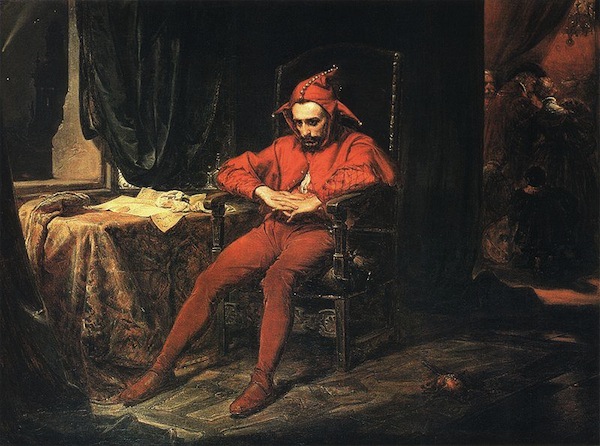The color of creativity

Telling someone how to be creative is like explaining how the color blue tastes. Oh God. Here I go.
So you think everyone wants to be more creative? I don’t.
I don’t think it’s creativity most people seek. No, people want to be more like post-creative people. People are nothing if not jealous of the success of others, especially over here in the arbitrarily westernmost side of the planet.
Creatives just have this highly coveted form of social capital. Creative success echoes envy in six words: “Why didn’t I think of that?”
I have no sympathy for people who only seek the rewards of success, so I'll turn my attention to those that really do want to be more creative. I'll disappoint them instead.
The mechanics of creativity are actually pretty dull, I think. Creative people are dull, too. My most creative endeavors were either accidents or the result of unremarkable, unannounced work.
Apple exemplifies creativity in two key ways:
- They combine elements into previously nonexistent forms without asking anyone’s permission or acceptance.
- They don’t tell anyone until they’re done and ready to ship.
I’ve never been in Apple’s shop, but I bet it doesn’t look like Willy Wonka’s Chocolate Factory. Creativity isn’t magic.
Or, maybe it is. Especially if we take (great) magic for what it really is: the product of hard, obsessive, secretive work. The kind of work few people are willing to engage. Expert magician Teller explains:
You will be fooled by a trick if it involves more time, money and practice than you (or any other sane onlooker) would be willing to invest. My partner, Penn, and I once produced 500 live cockroaches from a top hat on the desk of talk-show host David Letterman. To prepare this took weeks. We hired an entomologist who provided slow-moving, camera-friendly cockroaches… Then we built a secret compartment out of foam-core (one of the few materials cockroaches can’t cling to) and worked out a devious routine for sneaking the compartment into the hat. More trouble than the trick was worth? To you, probably. But not to magicians.
The unveiling of a creative outcome is not that different than a magician’s performance. Magic pleasingly assaults expectation. It surprises.
Creativity, like magic, exists in at least two planes of reality: that of the creator and that of the creator's audience. In other words, the surprise maker and the surprised.
The purest form of creativity, I think, is the release of unsolicited things into the world. We’ve all heard the Henry Ford quote:
If I had asked people what they wanted, they would have said faster horses.
Whether or not he really said that, I think it exudes the essence of creativity.
Pure creativity cannot be solicited. It’s there until you look for it—like a subatomic particle. As soon as you summon creativity, it’s gone. Like a busted magic trick.
I can’t tell you what blue tastes like.
But I can come up with a lot of things it doesn’t taste like. So…
If you don’t want to be a creative writer, you should try your best to
- Write things that have already been written.
- Tell as many people as possible about what you’re writing before you’re done.
If you don’t want to be a creative product company, you should try your best to
- Make products that have already been made.
- Tell as many people as possible about what you’re making before you’re ready to ship it.
If don’t you want to be a better cubicle worker, you should try your best to
- Be like everyone else, meet your boss’s expectations, and always ask permission.
- Announce ideas as soon as they pop into your head.
The process of creativity isn’t glamorous. It’s simply about hard work, the management of emotions, and delayed showmanship. And it's necessarily lonely. To want to be creative—truly creative—is to want to entertain, which is often depressingly opposite of being entertained.
Real creativity is the dull and failure-fraught art of giving people things they never asked for. Out of the blue.
